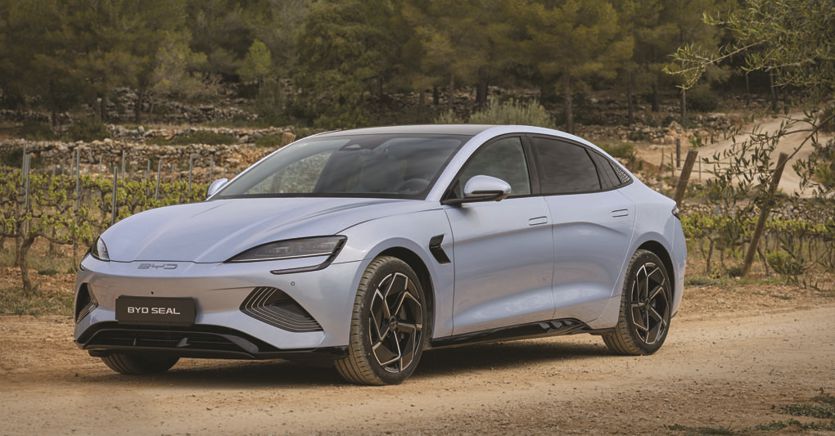In fact, 2023 will be the year of records for China and Chinese manufacturers. «China – says Dario Duse, head of the EMEA area of the AlixPartners automotive team – is becoming the superpower of the automobile, with Chinese brands reaching a 51% share in the local market for the first time, and with exports growing strongly in the coming years. Technology control, government support, cost competitiveness, and business models that respond better and faster to market demands are the combination behind their success.”
In fact, the AlixPartners data shows that brands such as Xpeng, Byd and Zeekr (Geely group, is now a global leader that controls Volvo) have been awarded on the Chinese domestic market for their style, technological level, equipment and they are also good as regards sacred parameters for the European industry: road holding and driving pleasure. In short, the latest arrivals are outclassing the first in the class in China, despite the brand value and image. However, they won in a game made easier by the simplification of the electric car and digitization. The clock of the Chinese revolution continues to tick and it won’t be long before AlixPartners analysts warn that they will also be able to impose themselves on the old continent by virtue of technological contents but also of innovative style.
«Traditional players – says Duse – will have to be ready to review their approach to compete on the Chinese market and defend their shares in western markets». In the coming years, according to estimates, Chinese brands will have a market share of 6%, still modest but which, analysts warn, should not be underestimated.
In fact, it is necessary for players like Stellantis, the Volkswagen group or the Renault group to understand that, with the revolution of the digital electric car and the looming Chinese threat, it is no longer time to repeat the usual game of the “new model every six years followed by restyling to the third”, proposing little innovation for each life cycle with solutions that are already obsolete at the time of the car’s launch.
An important effort is therefore needed: to reduce the stellar cultural and technological distance between car manufacturers and the world of consumer electronics towards which the car industry is in many ways heading towards an epochal collision course. And the Chinese manufacturers have well understood this convergence between cars and tech. After all, the money to make innovation is there given that investments for electrification, batteries and digital are estimated to grow by 17% up to 616 billion dollars for the period 2023-2027.
